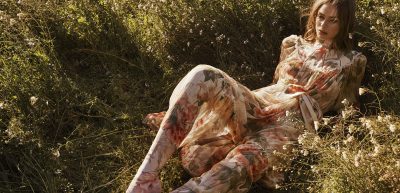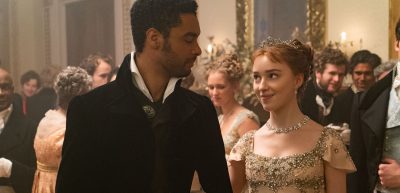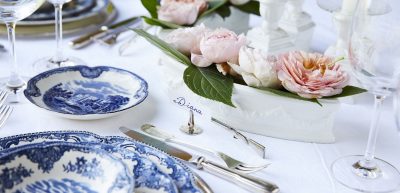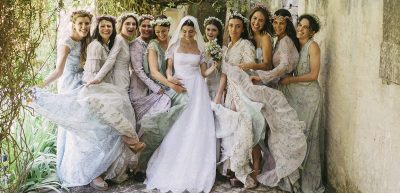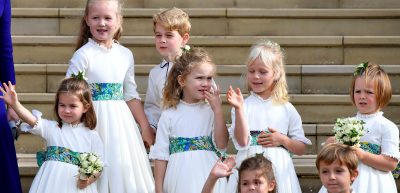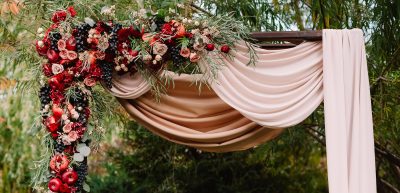chronicles Fashion & Beauty
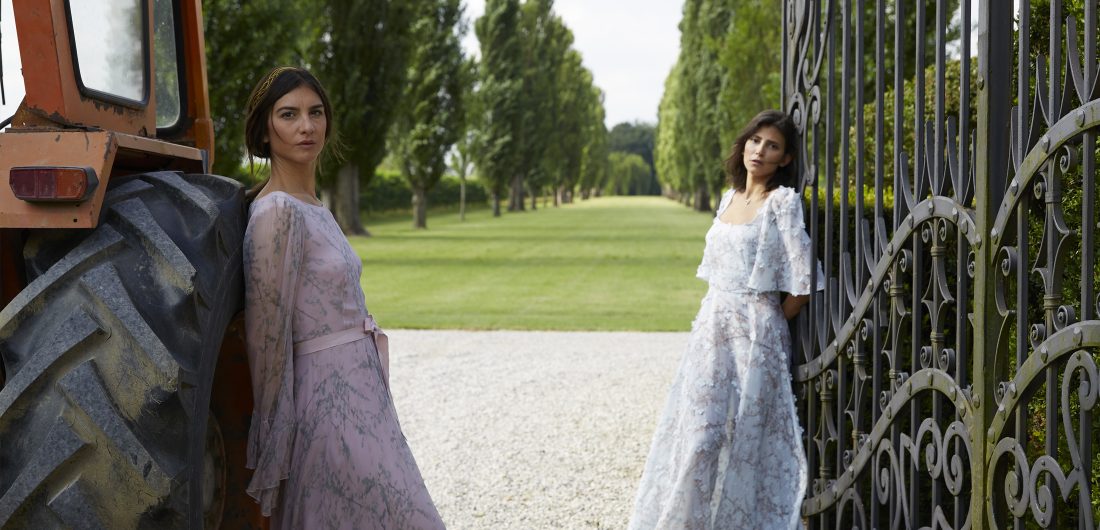
Wedding Dress Codes for Guests
The Dos and Don’ts Explained
General rules and a practical guide to the most common dress codes
by Silvia Bortolotto
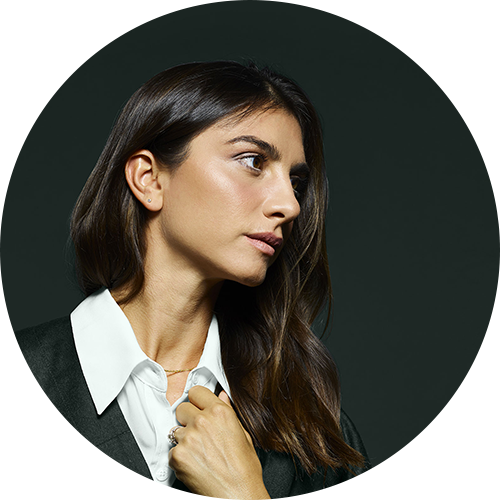
Once you’ve received a wedding invitation and you’ve congratulated the happy couple on their engagement, the first thought that comes to mind is, “What shall I wear?”. Finding the right outfit is harder than you may think, both for women and men. Even though these days wedding dress codes are often listed on the invitation, you may be left clueless and confused, in particular when it comes to understanding the level of formality involved.
Our clear and simple guide explains the most common international wedding dress codes, highlighting cultural and religious differences so that you arrive appropriately dressed to the occasion and avoid any awkward looks. No matter the dress code, try and incorporate unique detailing to suit your personal style. Don’t forget that first and foremost you want to feel comfortable and confident with what you wear.
GENERAL RULES
White
In the Western World, white in all its shades – optical white, eggshell, ivory or cream – is traditionally the color of choice for the bride. Wearing white is very much frowned upon as it can be seen as a way to upstage the bride, stealing her show on her big day. White is a definite no no, unless the happy couple has specifically requested guests wear white.
Black
In many cultures and religions, black is viewed as an unlucky color, typically worn at funerals. It’s best to avoid wearing black at momentous occasions such as wedding. And that includes outfits in black based floral prints. This attire rule does not apply to Hebrew ceremonies, where black can be worn.
Overly Bright Hues
Overly bright colors, in particular red, draw attention and shouldn’t be worn by wedding guests. Red is the color of passion, yet is also associated with blood and, in certain cultures, betrayal. Red is best avoided at Chinese and Indian weddings too, as bridal outfits are traditionally ruby red.
Scruffy, Inappropriate and/or Showy Attire
All wedding guests want to look good and exude elegance and sophistication. This means avoiding overly informal looks by wearing denim, beach sandals and oversized handbags, no matter how casual the dress code. You should avoid inappropriate attire, such as skimpy little numbers, mini dresses and outfits that hug every curve. Low-cut pieces, sheer fabrics and wedding ensembles with too much beading or sparkle are also a no no. Wearing a shawl or a scarf is an easy way of covering your cleavage, especially during the ceremony. Wedding etiquette dictates that women should wear flesh-toned pantyhose in church, although these days this tradition is no longer really observed. When it comes to accessories and jewels, it’s best not to overdo it. Men should avoid overly bright bowties, ties and pocket handkerchiefs, while women shouldn’t wear sparkly accessories such as tiaras. Etiquette dictates that only the bride and her bridesmaids wear any kind of crown at a wedding.
DRESS CODES
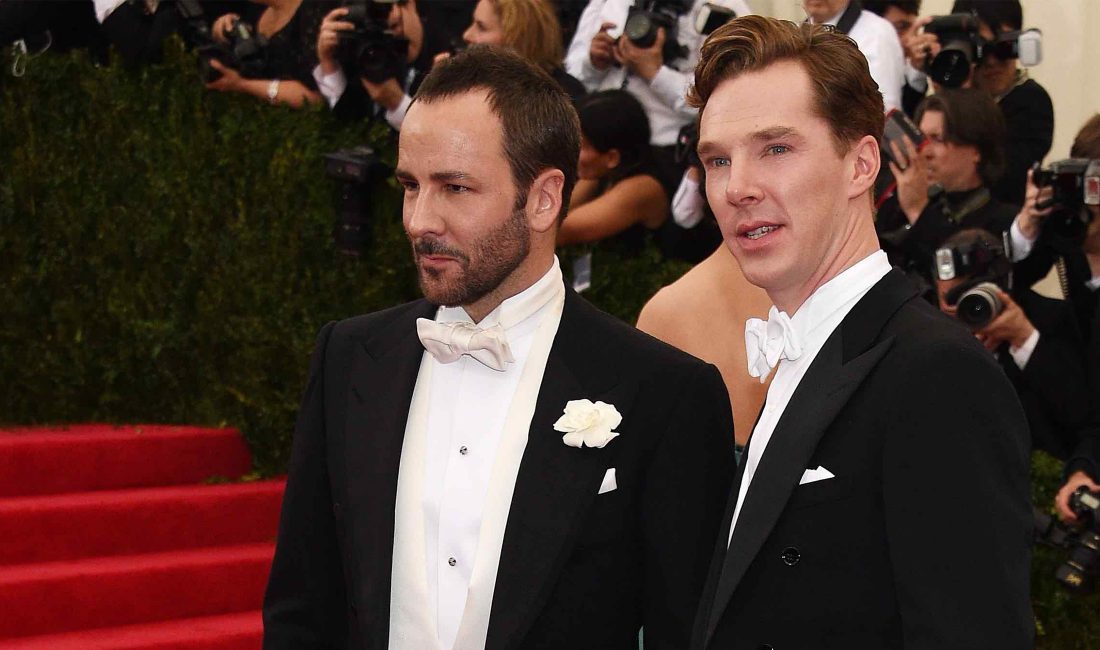
White Tie (informally known as ‘tails’)
White Tie is the most formal wedding attire, reserved for evening weddings taking place from 6pm onwards. It’s often chosen by royals, ambassadors, politicians and celebrities. It’s no longer as popular as it once was and, these days, it’s typically reserved for state dinners, charity galas and red-carpet events. Women should wear floor-length evening gowns, while men are required to wear a tuxedo with tails, a white shirt, white waistcoat and bow tie with formal black footwear. Women can pair their dresses with a clutch, long silk gloves, a tiara and other sophisticated items of jewelery. To add a touch of drama, men can also wear gloves, a cane and a silk top hat.
Photo by www.eleganzamaschile.com
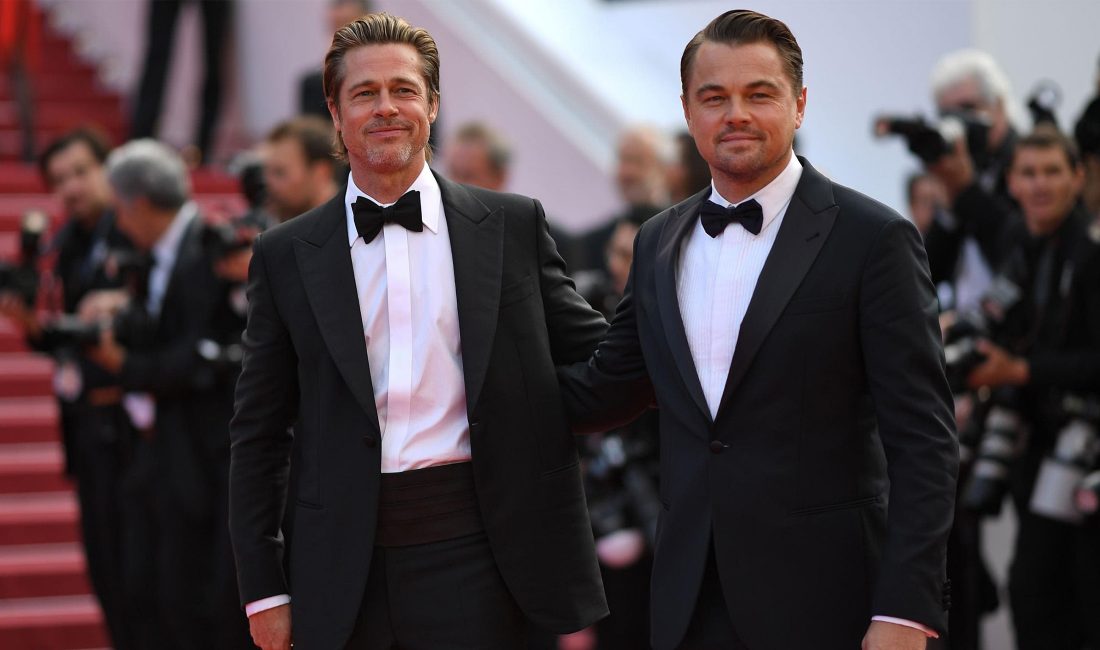
Black Tie
Elegant and luxurious, Black Tie is the next most formal wedding dress code, usually used for evening weddings. Women should wear a floor-length gown – metallic and sparkling are acceptable, although make sure it’s nothing too flashy – while men should wear a black tuxedo with bowtie, pleated shirt and cummerbund. A white dinner jacket and black tuxedo trousers are acceptable for summer weddings.
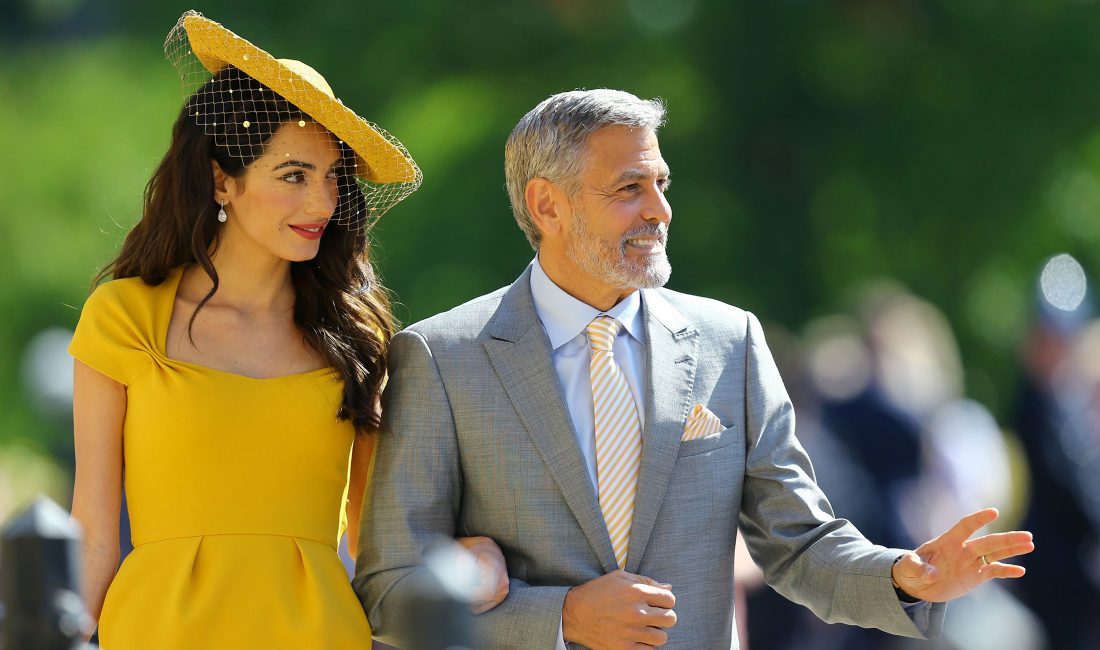
Formal (or Black Tie Optional)
A popular choice these days, this dress code is perfect to create an effortlessly elegant atmosphere without putting too much pressure on guests. Men can wear a tuxedo or a formal dark suit, whether blue or grey. It can be a two- or three-piece with tie (avoid black and white ties). For women, there’s not much difference between Black Tie and Black-Tie Optional Attire although it is more acceptable to wear a midi dress that shows the ankles. Trouser suits and elegant jumpsuits are also acceptable.
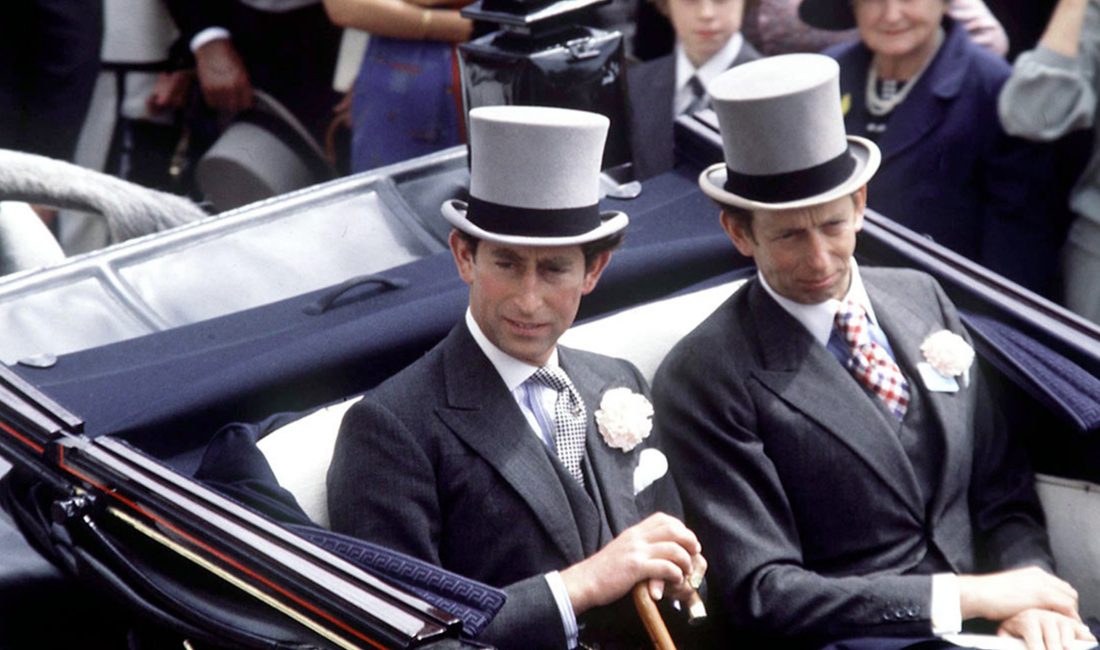
Morning Suit
Also known as morning dress, morning suit is the traditional British gentleman’s attire for formal events, often chosen by royalty and the aristocracy. Morning dress is traditionally worn at morning weddings or celebrations taking place in the early afternoon. It consists of a morning coat, waistcoat and formal striped trousers. Women should wear smart day dress. Midi length dresses in soft pastel tones are a good choice to respect dress codes . Hats are sometimes required, while floor-length gowns and brightly colored dresses should be avoided.
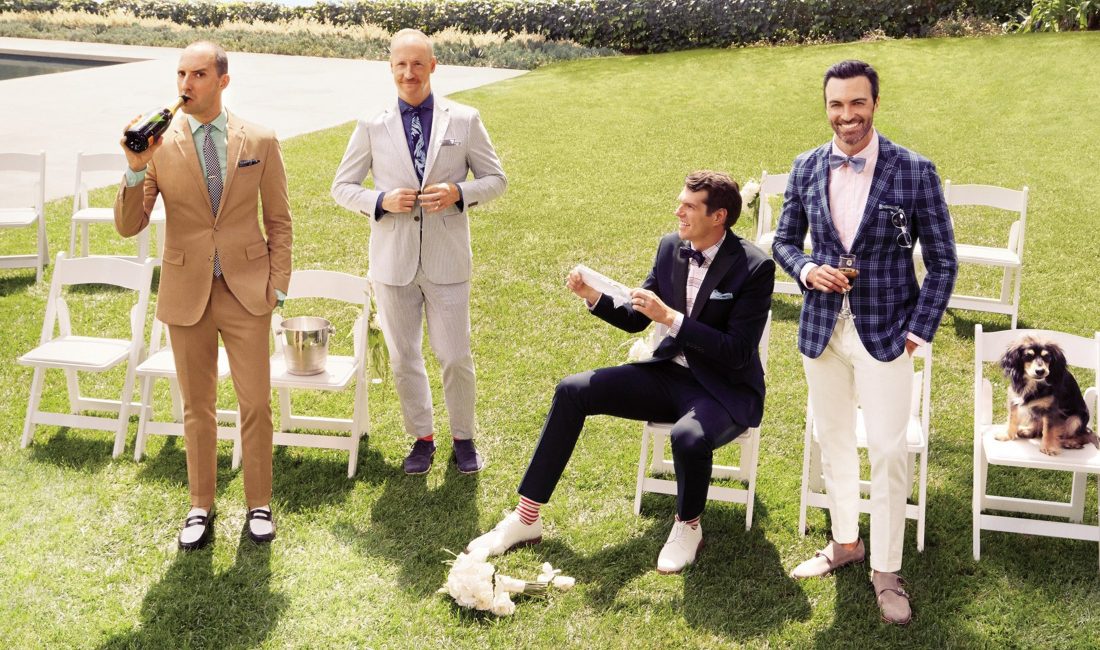
Cocktail (or Smart Casual)
Simple yet sophisticated, this dress code strikes the perfect balance between formal and casual. It’s a popular dress code choice as it guides guests to the level of formality required although it lets guests express themselves freely. Outfits should be darker for afternoon and evening celebrations, less so for day-time events. During the warmer months of the year, choose soft hues and light fabrics such as linen and cotton. Women can opt for tea-length dresses, pastel colored skirts and tops, or monochrome printed midi dresses. Men are required to wear a suit, not necessarily with a tie. Chic suit separates are also acceptable.
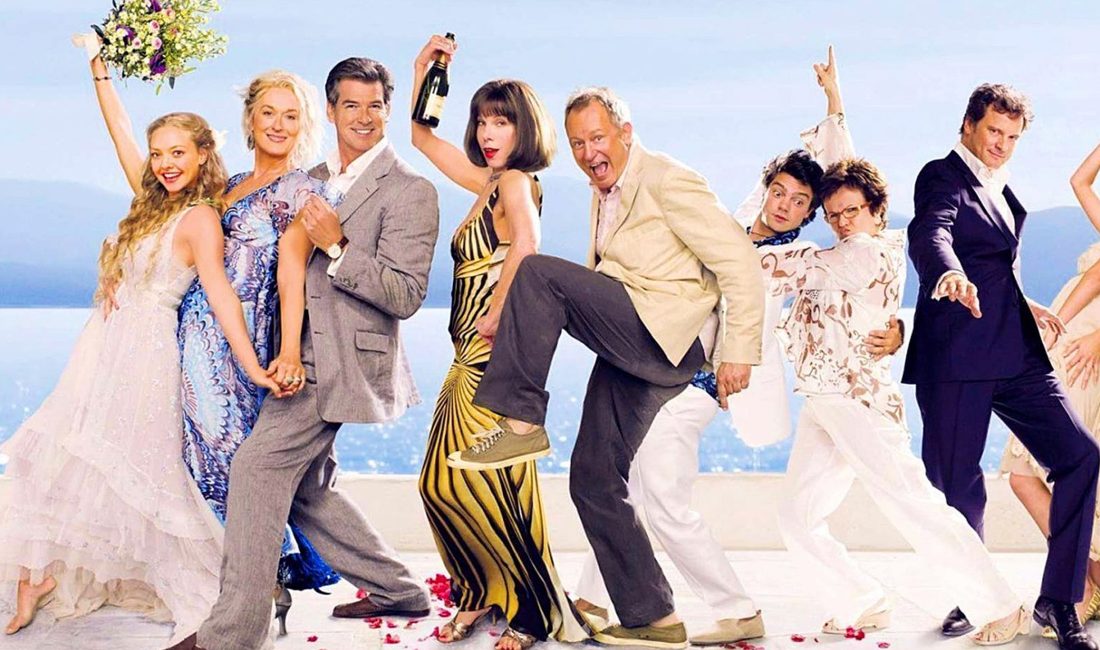
Casual
This dress code can be deceiving as it certainly doesn’t mean you can wear jeans and a t-shirt, as laidback as the atmosphere may be. It indicates the wedding will likely be held outdoors, perhaps on a beach or in a garden setting. It’s important to remember that dress code etiquettes have changed much over the years. These days, things are significantly more casual than they were a few decades ago. Light and floral short or knee-length dresses are a good option for women, as are fun sundresses. Separates are perfect for men, with trousers, a striped or light-colored shirt, and a formal jacket.
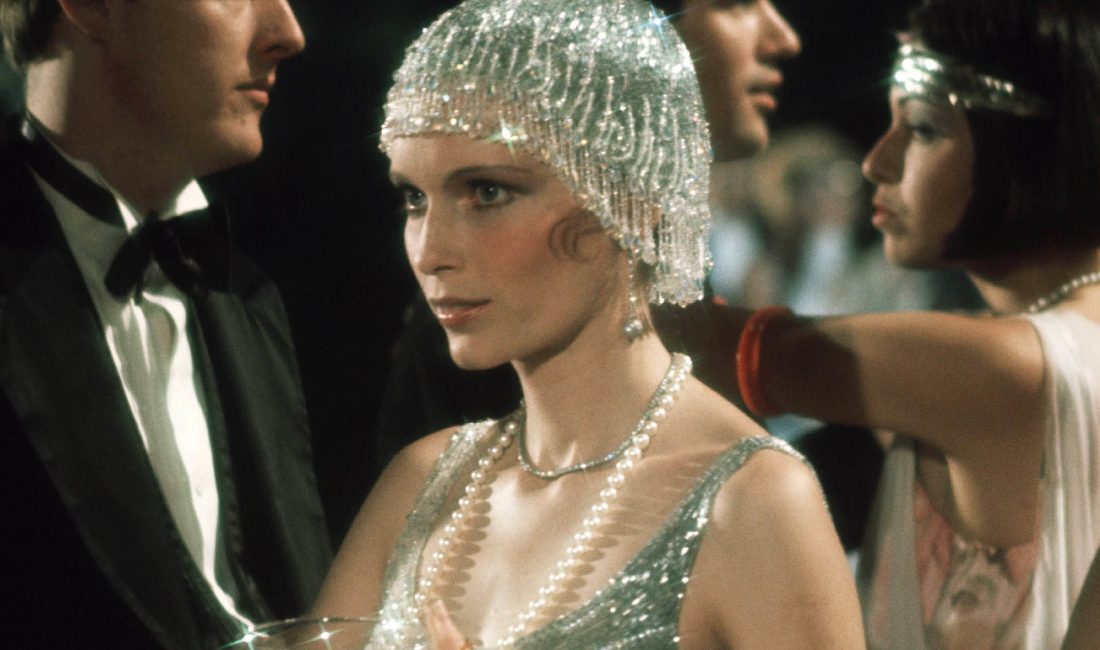
Themed
You’ll have to make sure you carefully select the right choice of attire. Some couples request that their guests closely follow the theme, whether a color, concept, history idea or mood. Themed weddings tend to be chosen by young couples who want a wedding that is not overly formal and traditional. If you’re not too clear on the dress code, don’t hesitate to ask the couple for further information.
